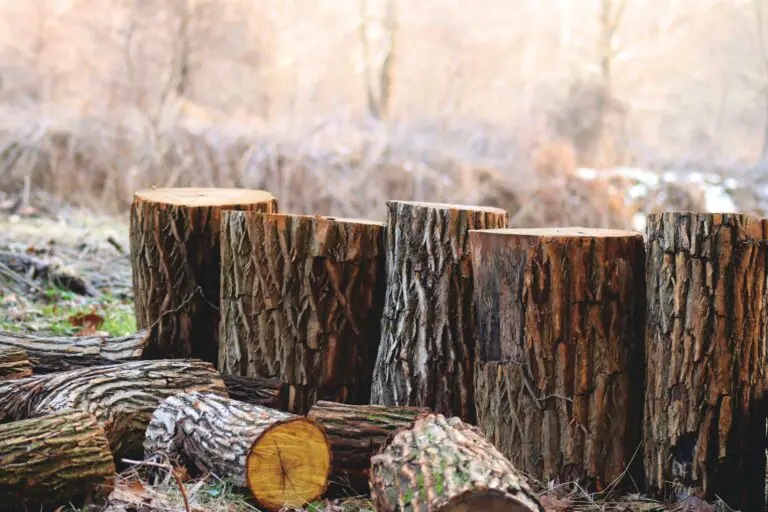Wood-Retaining Wall: A Guide for Landscaping and Construction
Retaining walls are an essential component of landscaping and construction, particularly for homes and gardens on hilly terrains. When it comes to choosing materials for retaining walls, wood stands out for its aesthetic appeal, flexibility, and eco-friendliness.
In this article, we’ll delve into everything you need to know about wood retaining walls, from their benefits to crucial tips on maintenance.
What is a Wood Retaining Wall?
At its core, a wood retaining wall is a protective structure that holds back soil, preventing it from eroding or collapsing. While concrete and stone are common materials for such walls, wood has become a preferred choice for many homeowners due to its natural and inviting look.
Why Choose Wood?
Aesthetic Appeal
Wood has a timeless beauty that blends seamlessly with most landscapes. Whether you’re aiming for a rustic, traditional, or contemporary look, wood can be customized to suit various design preferences.
Environmentally Friendly
Responsibly sourced wood is renewable and has a smaller carbon footprint than many other construction materials.
Flexibility
Wood retaining walls can be tailored to fit curvilinear patterns, making it easier to accommodate the unique contours of a property.
Cost-Effective
While the initial cost might be similar to other materials, the ease of installation often results in lower labor costs.
Types of Wood for Retaining Walls
While wood, in general, is a great choice, not all types are suitable for retaining walls. Here are the top contenders:
Pressure-Treated Lumber
Treated to resist rot and insects, this type of wood is the most commonly used for retaining walls.
Redwood and Cedar
Both known for their natural resistance to decay and pests. They also offer a beautiful, rich color.
Railroad Ties
Often recycled from old train tracks, these are a durable and environmentally-friendly choice.
Installation Tips
Proper Drainage
One of the critical factors for the longevity of your wood retaining wall is ensuring proper drainage. Incorporate gravel behind the wall and use perforated drainpipes to prevent water accumulation.
Use Deadmen
These are long ties or anchors buried horizontally to add additional support to the wall.
Stagger Joints
Just like laying bricks, make sure the ends of the wooden planks or ties don’t line up vertically. This enhances stability.
Maintenance and Durability
While wood retaining walls can be long-lasting, their lifespan significantly depends on maintenance. Here are some essential tips:
Regular Inspection
Check for signs of decay, rot, or insect damage, especially after heavy rains or storms.
Sealants
Apply a high-quality sealant to protect the wood from moisture, UV rays, and insects. Reapply every 2-3 years or as needed.
Clean Regularly
Remove any dirt or debris that might accumulate. An annual power wash can help maintain the wood’s appearance.
Avoid Soil Overload
Ensure that the retained soil doesn’t become overly saturated with water, which can exert additional pressure on the wall.
Benefits Over Other Materials
Beyond the evident aesthetic value, wood retaining walls have other advantages over their stone or concrete counterparts:
Lightweight
Compared to stone and concrete, wood is considerably lighter. This makes transporting and installing wooden retaining walls easier and less resource-intensive.
Thermal Properties
Wood has natural insulating properties. This means that during temperature fluctuations, wood retaining walls are less likely to experience the stresses that can cause cracks in materials like concrete.
Flexibility in Design
Wood offers a unique flexibility. If, in the future, you wish to adjust or modify your wall, wood can be more forgiving and adaptable.
Natural Integration
Wood retaining walls seamlessly integrate into natural surroundings. Especially in gardens, they can enhance the green space without making it feel ‘constructed’ or ‘artificial.’
Potential Challenges and Solutions
Like every material, wood has its challenges, but they can be addressed with the right precautions:
Decomposition
Wood, being organic, is susceptible to decay. Solution: Using naturally resistant wood types or pressure-treated lumber and applying sealants can help prolong its life.
Pests
Termites and other insects might be attracted to wood. Solution: Regularly inspecting the wall, using pest-resistant wood types, and employing environmentally-friendly pest control measures can keep them at bay.
Weathering
Extended exposure to sun and rain can wear down wood. Solution: UV-resistant finishes and periodic resealing can protect the wood from harsh elements.
When to Call a Professional
While many homeowners might be tempted to turn the construction of a wood retaining wall into a DIY project, there are situations when calling a professional is advisable:
Height Considerations
If your retaining wall needs to be over 3-4 feet tall, it’s better to consult with a professional. Walls of greater height require more structural considerations.
Terrain Challenges
Rocky or exceptionally uneven terrains might present complications. Professionals can better assess the situation and ensure the wall’s stability.
Water Issues
If your property has water drainage issues, a professional can design the wall with optimal drainage solutions integrated.
Final Thoughts
In wrapping up our comprehensive look at wood retaining walls, the importance of selecting the right materials and tools cannot be understated. Opting for pressure-treated wood, especially for low wood retaining wall projects, is pivotal due to its durability and resilience against ground contact. These retaining wall boards have undergone treatment processes making them highly resistant to rot and pests. For those embarking on DIY projects, familiarizing oneself with recommended retaining wall dimensions is a must. Utilizing tools like a circular saw will assist in customizing the fit, while regular applications of wood preservative ensure longevity.
When setting up your wall, consider the usage of landscape fabric behind your retaining wall boards to further improve soil health and prevent unwanted weeds. For taller walls or if your retaining wall area is expansive, seeking professional advice on construction methods is crucial. The placement of wood posts requires precise measurement, and the depth of post holes can significantly impact the stability of your structure. A tried-and-true technique involves the addition of a thin layer of gravel in the post hole before setting in the wood posts, ensuring both drainage and stability.






